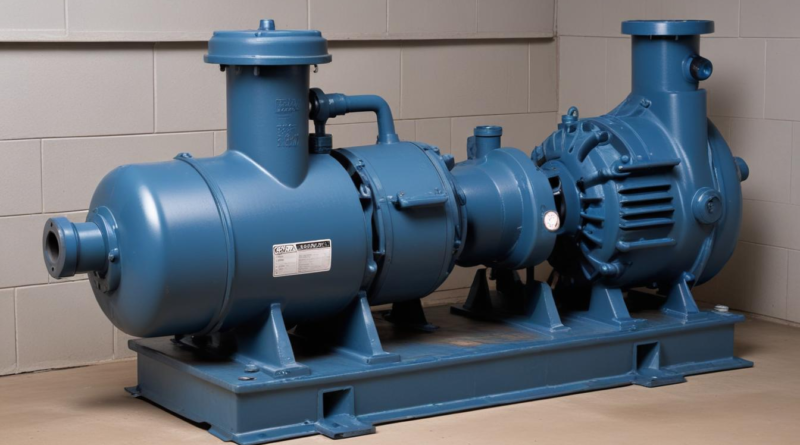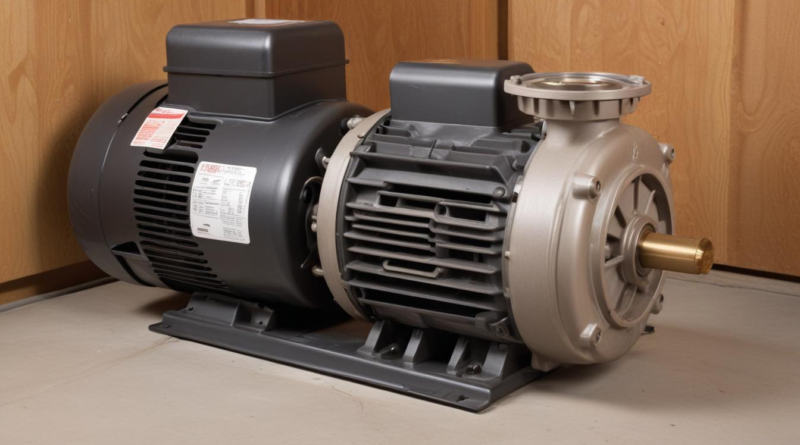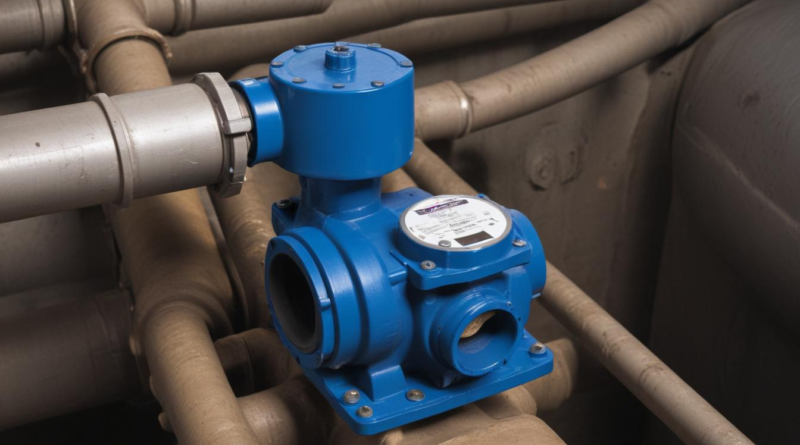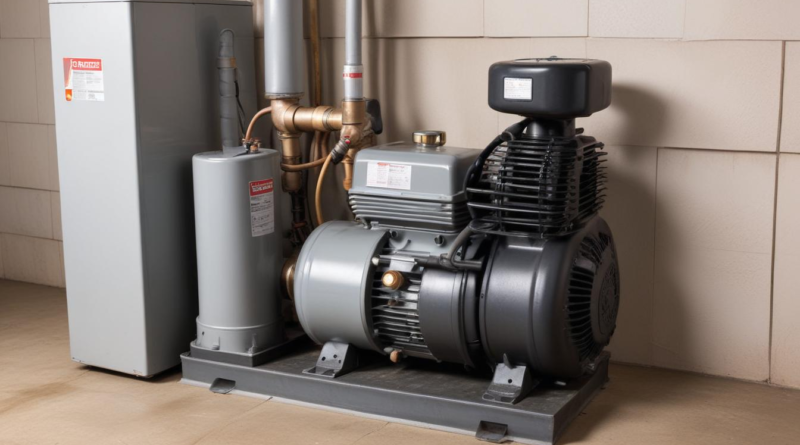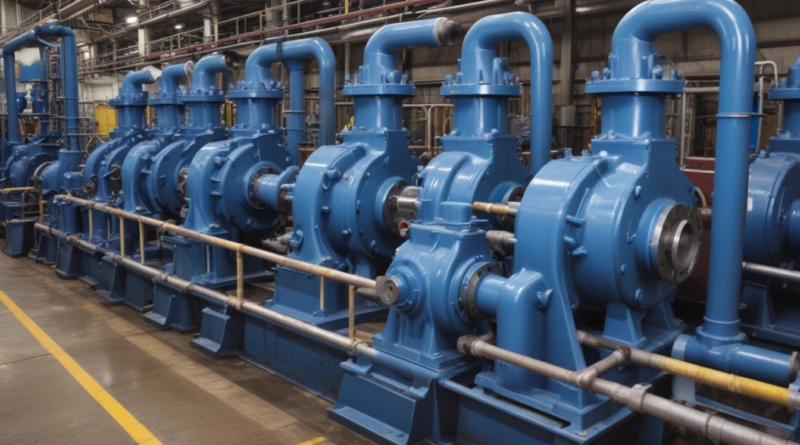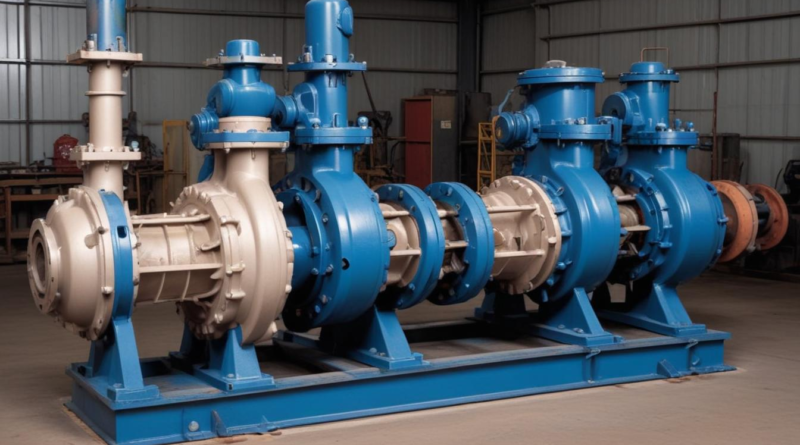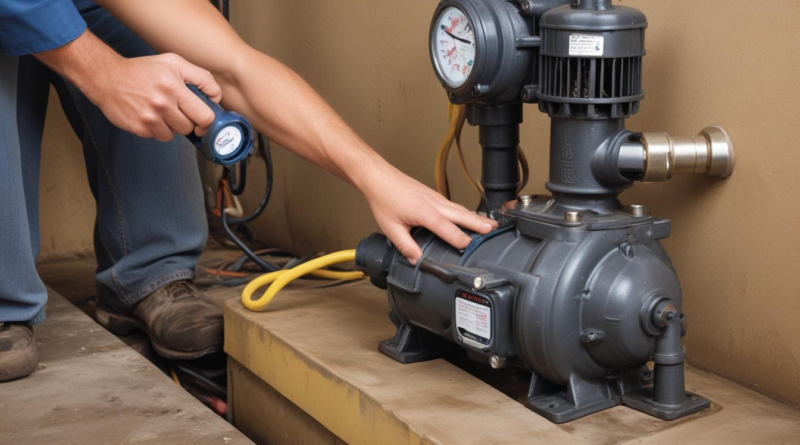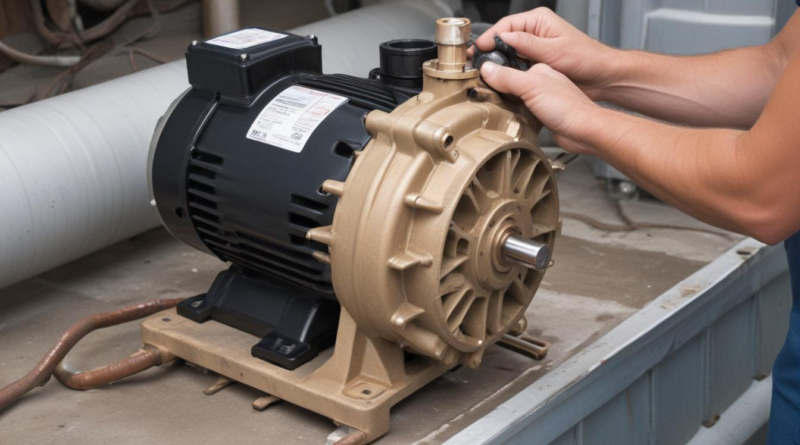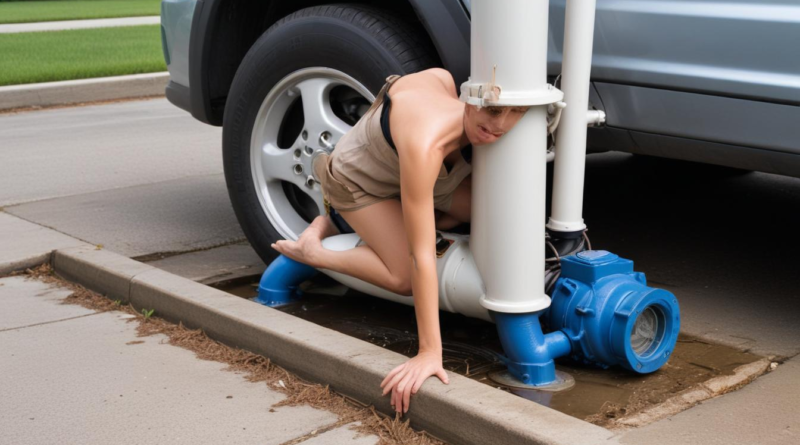how to troubleshoot pump suction issues
Pump suction efficiency is crucial for reliable operation, relying on airtight connections, precise alignment, and effective priming. Detecting air leaks, inspecting suction piping, and monitoring performance metrics are essential steps in troubleshooting issues. Systematic maintenance and targeted solutions enhance pump reliability and longevity, ensuring optimal performance and minimizing downtime.
Read More
